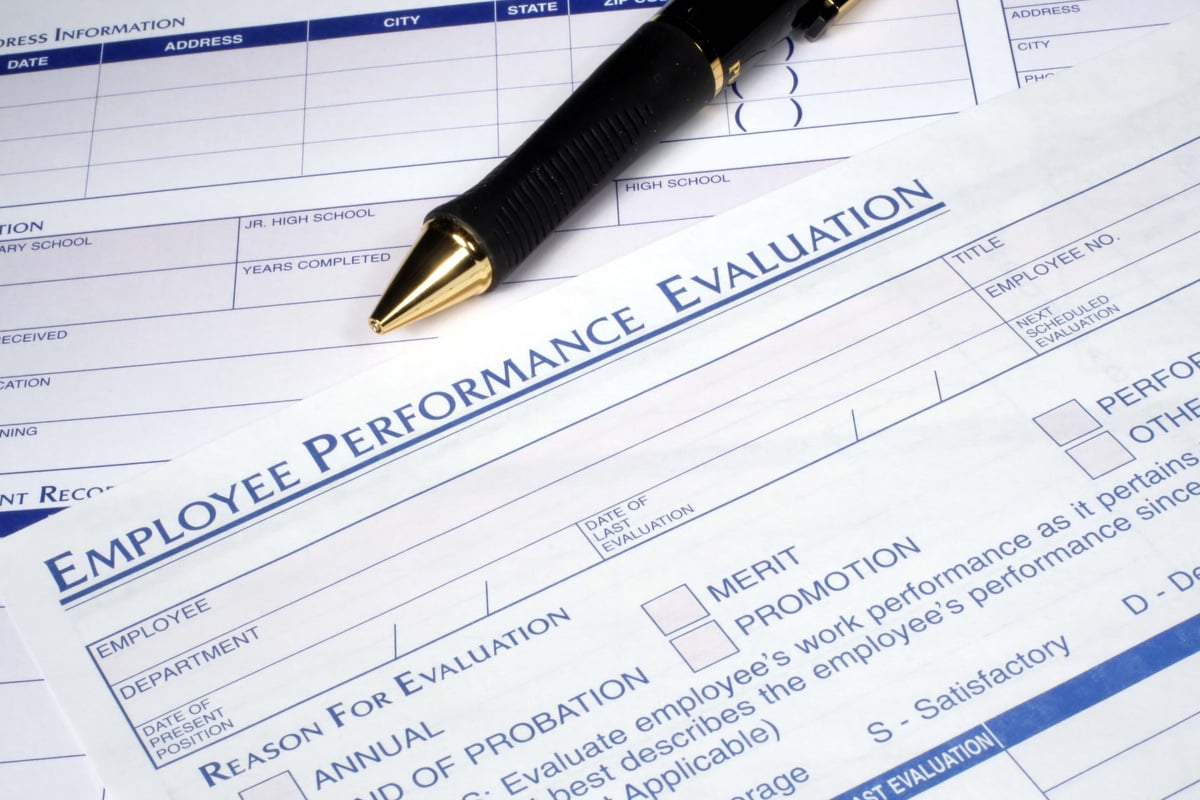You want to believe your compensation practices are fair. After all, your organization is mission-driven. Your people care deeply about justice, community, and doing the right thing. But a quiet question lingers: Are we truly being equitable when we pay our employees? And how do we know for sure?
For many nonprofits, schools, and health organizations, pay decisions are made with good intentions but without a consistent structure. Without clear processes and an equity lens, even values-aligned organizations can unintentionally create or perpetuate gaps in employee compensation. Building pay equality begins with clarity and a plan that supports retention and growth.
The good news is that inequities can be identified and addressed, but uncovering them requires more than pulling a report. True equal pay work involves technical analysis, organizational reflection, and a commitment to fairness not only in outcomes but also in the systems that shape them, including job descriptions, the hiring process, and how compensation data is used.
The Problem: Good Intentions Aren’t Enough
Many leaders assume their pay systems are fair because policies look neutral on paper. But equity gaps often hide in plain sight:
- A department has historically been undervalued due to barriers to entry.
- Managers apply policies inconsistently, leading to unequal pay for similar roles and pay disparities.
- Benefits exist, but only some staff are aware of or utilize them, which can look like pay inequity in practice.
Equity in compensation goes beyond race and gender. Gaps show up across tenure, departments, and identity markers such as national origin and across protected classes recognized under federal laws. New hires may out-earn long-serving staff, or one manager’s advocacy may secure higher raises for their team. In mission-driven contexts, these disconnects are not just technical issues. They are issues of trust and fair pay.
The truth: fairness can’t be assumed. It has to be measured.
The First Step: Conducting a Wage Gap Analysis
A wage gap analysis is the critical first step. At its core, it compares employees in similar roles while controlling for compensable factors such as:
-
Years of experience
-
Skills and certifications
-
Scope of responsibility
-
Geographic location (when relevant)
This analysis works on two levels:
-
Individual: Does each person’s pay align with expectations for their role, experience, and job description?
-
Group: Are certain demographics, such as women or BIPOC staff, consistently paid above or below the expected range for similar work?
Unexplained differences often point to hidden dynamics: uneven performance ratings, pay compression from market shifts, or inconsistent negotiation practices. These discrepancies may not be intentional, but left unexamined, they can become pay discrimination and undermine fair compensation.
This is where pay transparency and consistency become operational tools. When employees understand how compensation decisions are made and what is required to advance, tension decreases, speculation and frustration are replaced with clarity and trust.
Without this, well-meaning exceptions create ripples of distrust. For example, when a manager promises a raise they cannot authorize, HR is left to be the “bad cop” and walk it back. Employees talk, and one-off deals quickly erode confidence in the system. By contrast, when rules are clear and applied consistently, staff know what it takes to move forward. That might mean building new skills, hitting goals, or stepping into larger roles. That is equity in practice.
Because these issues sit at the intersection of policy and culture, many organizations benefit from partnering with an equity-centered compensation expert who can provide unbiased analysis and help align structures with values while navigating pay equity legislation.
Going Deeper: Testing for Equity by Demographics
Looking only at job-to-market comparisons tells you whether you’re competitive externally; however, it doesn’t tell you if staff are paid fairly compared to one another.
Analyzing trends by race, gender, and identity factors often uncovers deeper patterns:
-
Men clustered at the top of pay bands while women sit at the bottom, indicating a gender pay gap and sometimes a gender wage gap.
-
BIPOC staff are concentrated in lower-paying roles indicates fewer advancement opportunities.
-
Consistent differences in base pay, bonuses, or benefits across groups point to systemic pay disparities.
This kind of analysis can be both eye-opening and uncomfortable, which is exactly why it’s essential. Naming disparities is the first step toward addressing them with care and accountability.
What Makes a Compensation System Equitable?
Compensation equity isn’t just about numbers. It is also about how systems are built, communicated, and experienced across human resources, leaders, and stakeholders.
We recommend testing your pay practices against three pillars:
1. Transparency
Pay transparency is the foundation of pay equality and equal pay progress. Staff should know how compensation decisions are made, yet in many organizations, pay structures feel like a black box.
Ask yourself:
-
Are salary ranges made public and easy to find for job applicants and current staff?
-
Do staff understand how they can advance in their pay and where initiatives like skill development fit?
-
Are bonus and promotion decisions clearly explained, or left to assumption in policy FAQs that no one reads?
Too often, leaders assume one rollout of the compensation program is enough. Five years later, staff are frustrated because they never understood how the system worked in the first place. The truth is, transparency must be ongoing. It should be re-communicated annually, integrated into manager training, included in onboarding, and made accessible at any time, whether through your intranet or shared files.
When staff understand the “rules of the game,” trust grows. They may not agree with every decision, but clarity leads to respect. In the absence of information, employees will fill in the blanks with assumptions, which often erode morale and fuel distrust.
Over-communicating about pay is rarely the mistake you’ll make. Staying silent will be.
2. Consistency
Consistency is where transparency comes to life.
A compensation program can only be equitable if it is applied evenly across leaders, departments, and roles. Otherwise, staff end up being paid based on who they work for, rather than the requirements of the job.
Consistency builds fairness by:
-
Basing pay decisions on documented criteria tied to job descriptions and similar work.
-
Holding managers accountable for policies.
-
Ensuring staff have equal opportunities to earn more through skill-building and achievement.
Transparency and consistency work hand in hand. Transparency sets the rules, and consistency ensures they’re applied evenly. Together, they lower the temperature across the organization, reduce grievances, and build confidence that pay decisions are grounded in equity, not favoritism or negotiation skills.
When compensation feels consistent, staff stop asking “Why them and not me?” and start asking “What do I need to do to grow here?”
3. Inclusive Design
An equitable pay system must reflect the needs of all employees, not just the majority. That means including diverse staff in the design process and aligning structures with organizational values and inclusion practices.
In fields like the sciences, historically male-dominated systems often overlooked women’s contributions. Women still represent only 29.3% of the STEM workforce. Without inclusive design, pay programs can reinforce inequities instead of correcting them.
Inclusive design requires more than inclusive language. It demands a genuine value proposition for staff across identities, roles, and career stages. Otherwise, employees will quickly recognize the disconnect and “vote with their feet.”
It also requires aligning pay with values. If fairness, collaboration, or expertise are your guiding principles, your pay structures should reinforce them. For example:
- Collaboration: Reward teamwork and shared success.
- Expertise and longevity: Value the institutional knowledge of long-tenured staff.
Ultimately, inclusive design is about alignment: Who are you as an organization, and who do you aspire to be?
What to Do When Gaps Are Found
First, know this: Most organizations discover some form of inequity, and that doesn’t make you a “bad employer,” it actually means you’re paying attention. Gaps often arise from either legacy systems or well-meaning but informal decision-making. What matters most is your response.
Here’s how we guide our partners through that process:
-
Correct disparities through salary adjustments when appropriate, backed by a clear rationale. If immediate fixes aren’t financially feasible, outline a phased plan to address gaps over 1–2 years.
-
Understand the root causes of those gaps. Were they the result of outdated market data, inconsistent manager practices, negotiation-driven exceptions, or implicit bias?
-
Prevent future gaps by addressing these root causes through policy updates, clarifying compensation decision-making roles, and integrating regular pay equity reviews into your annual cycle.
-
Engage your staff in the process. Compensation is not just a technical issue—it’s a trust issue. Invite feedback, answer questions with humility, and co-create solutions where possible.
When handled with care and consistency, this process fixes gaps and builds the kind of credibility and alignment that equity-centered organizations need in order to thrive.
The Challenge of Facing What You Don’t Want to See
It’s tempting to believe your team can evaluate compensation equity internally. After all, who knows your staff and systems better than you? But here’s the hard truth: self-auditing pay equity is incredibly difficult, and bias almost always creeps in. The human mind is skilled at explaining away facts we don’t want to confront. Leaders may minimize patterns of inequity, or debates about methodology can spiral into unproductive arguments that delay action.
This is why many organizations, especially those that are lean or overextended, benefit from partnering with an external equity-focused firm like Edgility Talent Partners. An outside partner brings a clean, unbiased slate, without “skin in the game” or loyalty to legacy practices. That objectivity matters. It transforms pay equity analysis from a defensive exercise into a constructive, forward-looking process.
When you work with a trusted partner, you gain:
-
Nuanced pay equity audits that uncover subtle and obvious pay disparities.
-
Equity-centered solutions that balance fairness with financial sustainability.
-
Capacity-building for your internal team to sustain equity over the long term.
-
Clear pros and cons for each decision, helping you avoid quick fixes that create new problems.
Many leaders fear what they’ll find, so they delay looking altogether. But ignoring inequities only makes them grow larger and harder to fix. A partner can help you face those findings with confidence, prioritize changes, and build a plan you can realistically phase in over one to two years. Staff also tend to trust third-party expertise. When analysis is conducted internally, skepticism about bias or process can undercut credibility.
At Edgility, we’ve seen it all: outdated salary structures, inconsistent pay decisions, and market shifts that leave some roles dramatically underpaid. Because we work across nonprofits, schools, and healthcare organizations, we bring a library of tested approaches and creative solutions. And we know pay equity is not a one-time fix, it’s a moving target that requires annual attention.
Ultimately, the goal of pay audits should be about aligning your compensation practices with your values, strengthening trust with your staff, and building the internal muscle to keep equity alive year after year.
Equity in Action
Pay equity isn’t just about compliance. It’s about living your values. Organizations tend to approach this work in two ways:
-
Some commit to doing the hard work of aligning pay with fairness and mission.
-
Others only address inequities when forced by lawsuits or external scrutiny related to pay discrimination.
The first path builds trust, strengthens culture, supports retention, and reduces risk. The second leaves you vulnerable, builds a culture of animosity, mistrust, and friction.
Reflect on this:
-
How confident am I that our pay is equitable and aligned with equal pay for equal work?
-
Do I have reliable compensation data to back that up, or am I relying on assumptions?
-
If asked directly by staff or job applicants, could I explain our pay practices clearly, without scrambling?
Ready to Take the Next Step?
If this blog resonated with you, there are two next steps you can take right now:
Deepen your learning: Download our eBook, Compensation with Purpose: Designing Equity-Centered Pay Structures for Nonprofits, Education, and Healthcare, and explore how to align pay with both mission and market.
Get clarity for your organization: Schedule a Discovery Call with Edgility Talent Partners to discuss a tailored pay equity audit. Together, we’ll identify gaps, build transparency, and design systems your team can trust.
Because compensation isn’t just about numbers—it’s about living your values.





